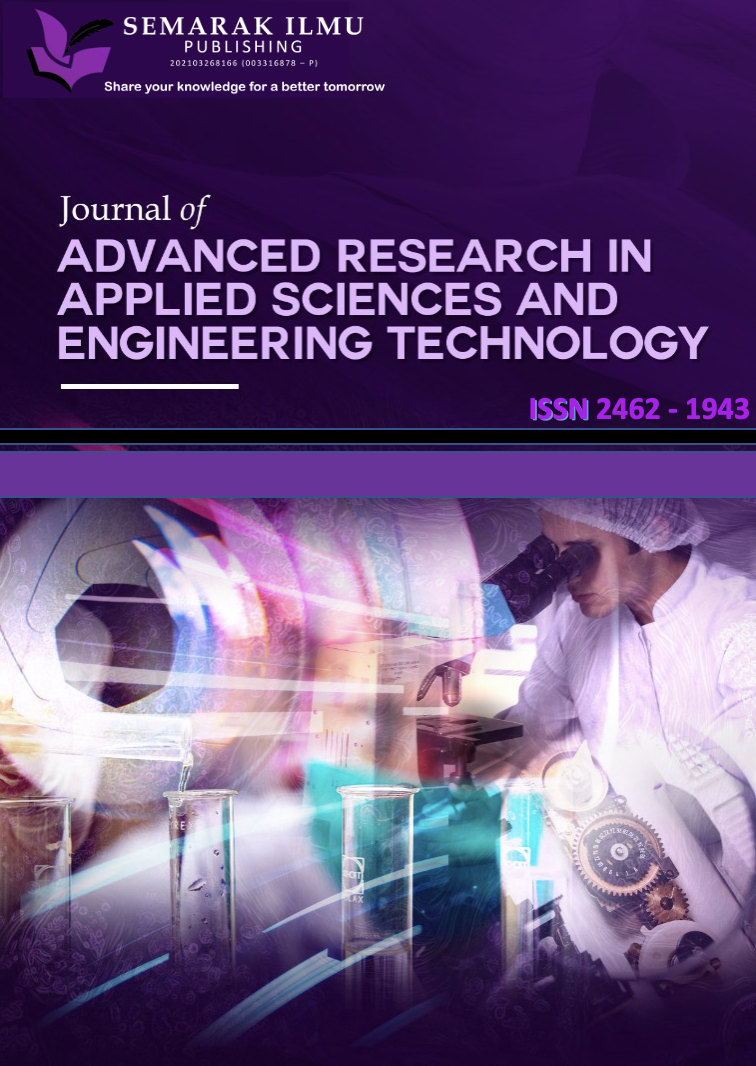A Review on Application of Zinc Oxide Nanoparticles as Biocide, Problems of Administration, and Improved Delivery Techniques
DOI:
https://doi.org/10.37934/armne.25.1.7694Keywords:
ZnO nanoparticle, colloidal stability, antimicrobial, effective delivery, encapsulationAbstract
The incorporation of nanoparticles is trending in a wide range of applications for its antimicrobial properties. The antimicrobial properties, potency, and risk of ZnO nanoparticle have been assessed and justified for its efficacy in different applications. However, there is an existing gap between lab scale and on-site usage due to colloidal stability of the nanoparticles. Despite exhibiting antimicrobial properties under controlled laboratory condition, sensitivity of nanoparticles to ambient condition might reduce or negate its potency under different administered conditions. It is envisaged that encapsulation of zinc oxide nanoparticle shall improve its stability and enhance its performance as biocide. This review paper delves into the attack mechanism of ZnO nanoparticles against different bacteria, fungus, and viruses. In addition, dissolution properties and colloidal stability of nanoparticles, flaws with direct administration of nanoparticles in solid particles form and the current trend in delivery of ZnO nanoparticles were discussed to emphasize the importance of material preservation for performance maximization.
Downloads

























